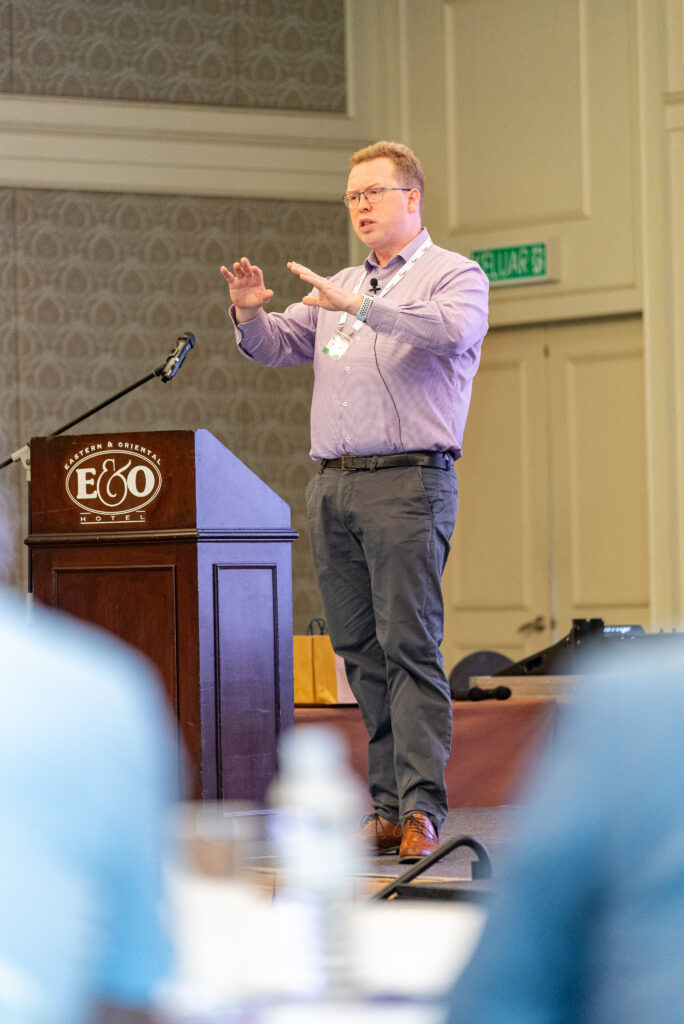Radical thinking is required if the rail industry is to truly manage its health and safety commitment, says Darren Broadhead, managing director at Broadhead Global.
In the fast-paced world of rail, the traditional approach to health and safety has often focused on compliance and incident avoidance. However, in an industry that’s dynamic and complex, mere adherence to health and safety systems is no longer sufficient. To ensure the health and safety of all stakeholders involved, a paradigm shift is needed – one that embraces innovation, challenges the status quo, and fosters a culture of continuous improvement.
Accessibility and clarity are crucial in health and safety systems. It’s not enough to have policies on paper or screens; they must be easily understood and integrated into daily practices. The challenge lies in ensuring that these resources are perceived and applied effectively across all levels of the organisation. Success should not be measured solely by the absence of incidents but by a clear understanding of the real level of risk control. Enhancing knowledge about day-to-day performance can add significant value and drive rapid progress in health and safety.
Innovative thinking

Embracing ‘big risk’ thinking can drive substantial improvement in health and safety outcomes within the rail industry. Instead of simply adding layers of risk control, organisations need to question the status quo and explore innovative solutions. By challenging conventional wisdom and encouraging a culture of openness, the industry can unlock new opportunities for enhancing safety and wellbeing.
When designing your health and safety arrangements, consider:
- Accessibility and clarity: Organisations must ensure that health and safety systems are accessible and clearly understood by all stakeholders. This may involve simplifying complex documentation, providing targeted training, and fostering open communication channels. Do your systems live and breathe in your organisation or are they just work products which add little?
- Moving beyond incident avoidance: While sending people home safe and well remains a priority, true success lies in understanding the underlying factors that contribute to risk and taking proactive measures to address them. By focusing on continuous improvement and effective risk management, and learning from a real understanding of risk control, organisations can enhance their overall health and safety performance.
- Embracing innovation: The rail industry has a long history of innovation, from technological advancements to operational efficiencies. ‘Big risk’ thinking involves challenging traditional approaches to health and safety and exploring unconventional solutions. This could include leveraging data analytics, implementing new technologies, or redesigning work processes to mitigate risks effectively.
- Cultural shift: Achieving meaningful change in health and safety requires a cultural shift within organisations. Leaders must champion a proactive approach to safety, empowering employees to speak up about potential hazards and encouraging collaboration across departments.
A holistic approach
In conclusion, rethinking health and safety in the rail industry requires a holistic approach that goes beyond compliance and incident avoidance. By prioritising accessibility, embracing innovation, and fostering a culture of continuous improvement, organisations can enhance safety outcomes and ensure the wellbeing of all stakeholders. Challenging old assumptions and embracing new possibilities sets the course for a safer and healthier future in rail transportation.
One final thought – whatever change you embark upon, ask yourself the really important question: “Do I understand why I am doing this and what I am trying to achieve?”
If you don’t, is this one of those ‘shiny distractions’ to be avoided?
Lead image credit: iStockphoto.com/piranka

